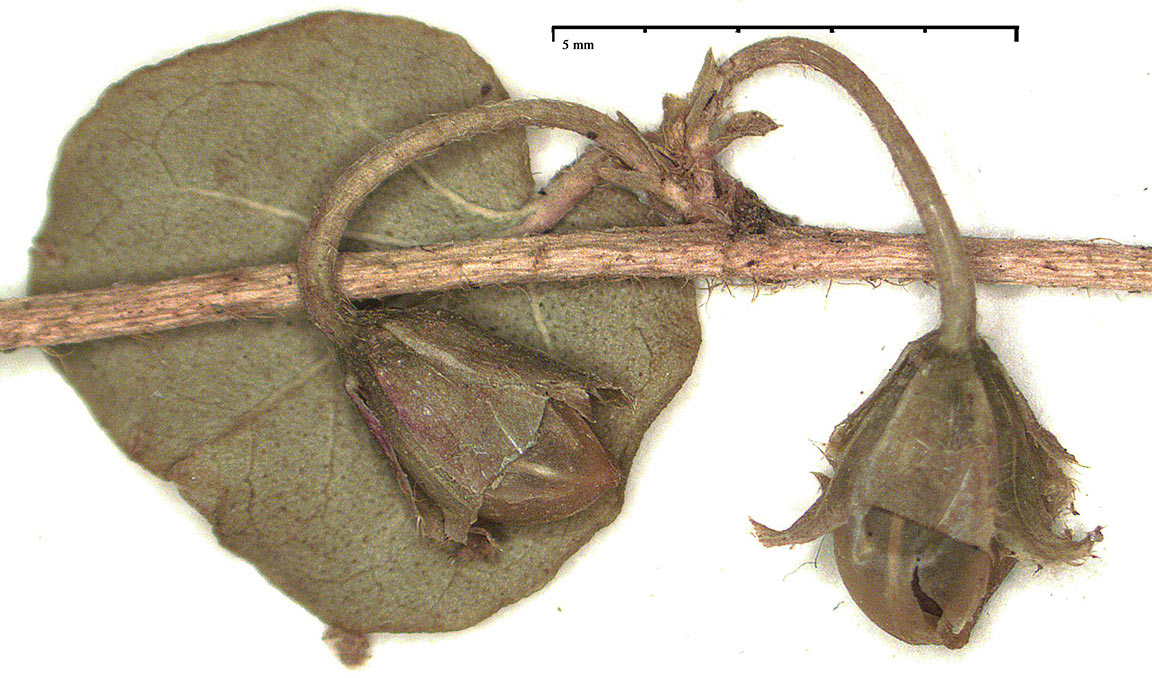

It grows into two lateral branches with terminal flowers. Dichasial Cyme: It is also called a biparous cyme in which the terminal peduncle terminates in flower. Helicoid: Lateral branches form a helix structure by growing on the same side.

Scorpioid: On both sides of the axis, lateral branches are developed. This type of cymose inflorescence is further divided into two types: Each lateral and subsequent branch gives rise to a lateral branch with a terminal flower. Monochasial Cyme: It is also called a uniparous cyme in which the main axis terminates in a flower and it produces one lateral branch from the base, which also terminates in a flower. This arrangement is also called a centrifugal arrangement with the older flowers in the middle and the younger ones present in the periphery.ġ. Thus, younger flowers are present at the base and the older flowers are placed terminally on the axis. Flowers are arranged in basipetal succession in this type of inflorescence. The lateral axis terminates into a flower and limits the growth of the axis. The main axis has limited growth in this case. The cymose inflorescence is also known as determinate inflorescence and is characterized by the presence of a flower at the apex of the floral axis.

Let’s study Cymose Inflorescence in Detail in this Chapter. Each cluster of flowers shows a dichasial cyme arrangement. The two exiles of leaves give rise to two clusters of sessile flowers. Verticillaster: This type of inflorescence is seen in plants with opposite leaves. A Single flower is present in the middle surrounded by male flowers. Hypanthodium: The main axis forms a cup-shaped structure that has a cavity which holds male and female flowers and a small apical opening.Ĭyathium: In this case involucre of bracts forms the cup-shaped structure. Thus, in this case, the main axis shows limited growth. Racemose- It is a simple type of inflorescence in which the main axis continues to grow and flowers are borne laterally in an acropetal succession on the axis.Ĭymose- It is another simple type of inflorescence in which the termination of growth of the main axis occurs and the flowers are borne in a basipetal succession. Types of Inflorescence Simple Inflorescence The other types of the inflorescence are- Hypanthodium, Cyathium, Verticillaster. Depending on this, there are various types of inflorescence- Simple inflorescence is of two types- Racemose inflorescence and Cymose inflorescence. Inflorescence can either be simple or complex. Flowers turn into fruits we already know and the stage at which it occurs in the inflorescence is known as infructescence. There may be a flower that is not part of the inflorescence, that stands as a solitary flower and the flowers in the inflorescence are referred to as florets. The stalk of each flower in an inflorescence is called a pedicel. The stem that holds the inflorescence is termed as the peduncle and the one which is the major axis that holds the inflorescence or other branches is called the rachis. It can also be defined as the reproductive part of the plant that bears the group or cluster of flowers in a particular fashion.

Morphologically, it is the part that is modified from a shoot in angiosperms where flowers are formed. 3-4 species in tropical and South Africa, southern Asia, northern Australia and New Caledonia.The inflorescence is a particular fashion in which a cluster of flowers is arranged on the stem or the floral axis. Seeds 1(-2), without an aril.ĭerivation of name: from Greek: pleuron meaning side, stylis meaning style, referring to the lateral style Ovary superior, 2-locular, with only 1 fertile loculus.įruit indehiscent, a small nut, with a persistent lateral style. Inflorescence a pedunculate dichasial cyme, single or paired in a leaf axil.


 0 kommentar(er)
0 kommentar(er)
